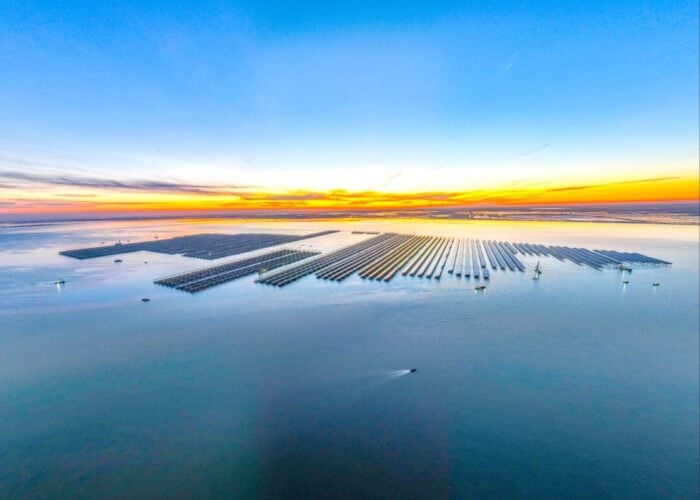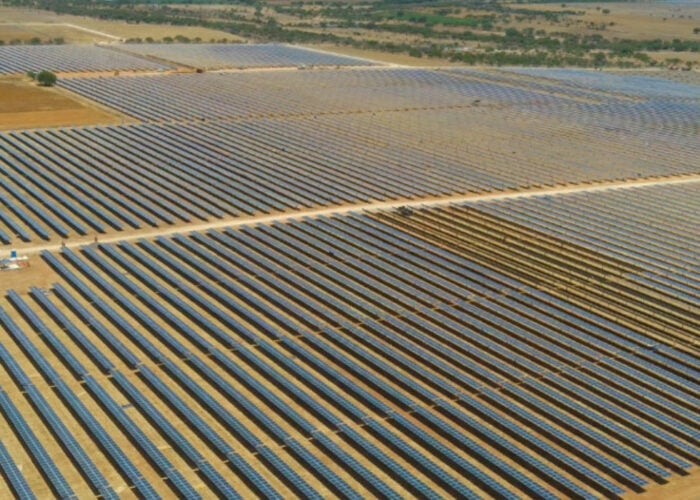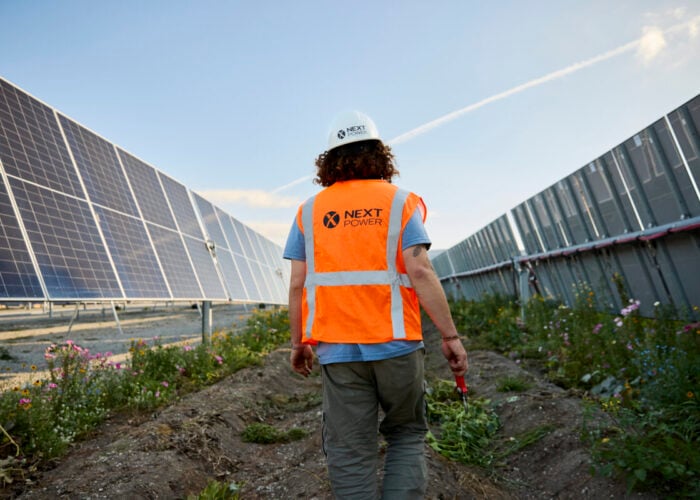
The Turlock Irrigation District (TID) has launched a request for proposals for renewable power projects, as part of an effort to meet the clean power goals set out in the California Renewable Portfolio Standard (RPS).
The RPS requires utilities operating in the state to generate at least half of their electricity from renewable energy sources by 2030, and while TID’s primary business is in the development of irrigation projects, it has branched out to power generation. TID acquires electricity from SunPower’s 54MW Rosamond solar farm in the state, and currently provides power to around 240,000 customers in California.
Try Premium for just $1
- Full premium access for the first month at only $1
- Converts to an annual rate after 30 days unless cancelled
- Cancel anytime during the trial period
Premium Benefits
- Expert industry analysis and interviews
- Digital access to PV Tech Power journal
- Exclusive event discounts
Or get the full Premium subscription right away
Or continue reading this article for free
The latest request for proposals is open to a range of submissions, including new renewable power projects, power purchase agreements (PPAs) signed with existing renewable power facilities and renewable energy certificates (RECs) traded through the Ascend Energy Exchange, a marketplace for the trading of such accreditation. The proposals must be of utility-scale, with only projects with a minimum nameplate capacity of 50MW, or annual electricity generation of at least 150,000MWh, to be considered.
Bidders can submit project proposals until 2 July, following an information webinar for interested parties to be held on 19 June, and projects can be proposed to be a part of TID’s portfolio, or that of the California Independent System Operator (CAISO), a larger utility in the state.
Projects to be submitted for TID’s portfolio must include a PPA of between ten and 30 years, and provide engineering, procurement and construction (EPC) contracts. Projects looking to integrate with CAISO, meanwhile, will need to supply PPAs of the same duration, alongside RECs to be delivered for between ten and 20 years, with no option for ownership offers.
TID has sought to expand its renewable energy portfolio in recent years, in order to comply with the RPS, and the share of clean power in its portfolio has increased from 33.1% in 2020 to 35.8% in 2022. Among renewable energy sources, solar saw the biggest growth in the share of the total energy mix, with the percentage of power generated by solar projects increasing from 13.2% to 17%, which has made solar the second-largest contributor to the TID energy mix, behind only natural gas, which accounts for 36.4% of the total mix.
Utility-scale PPAs have grown in importance in California in recent months; this week, Qcells commissioned a 50MW project in the state, with an off-take agreement in place with tech giant Meta. With residential solar installations plateauing in the state following the passage of the NEM 3.0 scheme, the importance of such utility-scale projects has only grown.






